-
×
-
×
-
×
-
×
-
×
-
×
-
×
-
×
-
×
-
×
-
×
Subtotal: £408.51







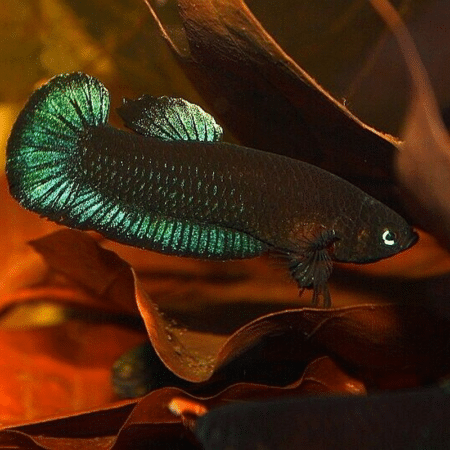

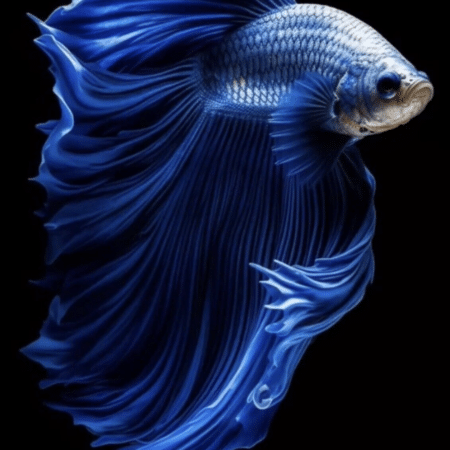


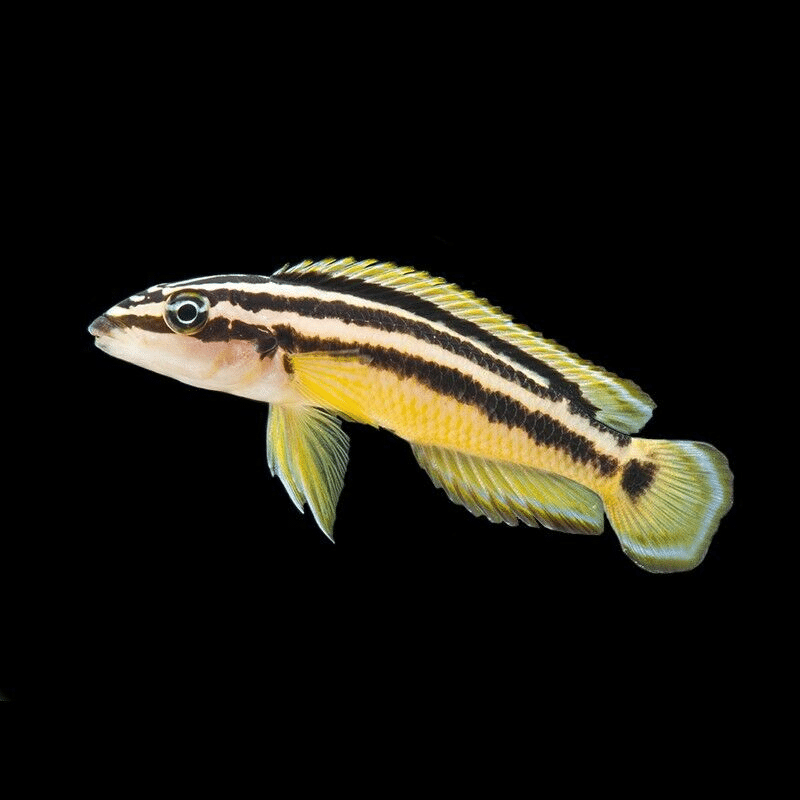
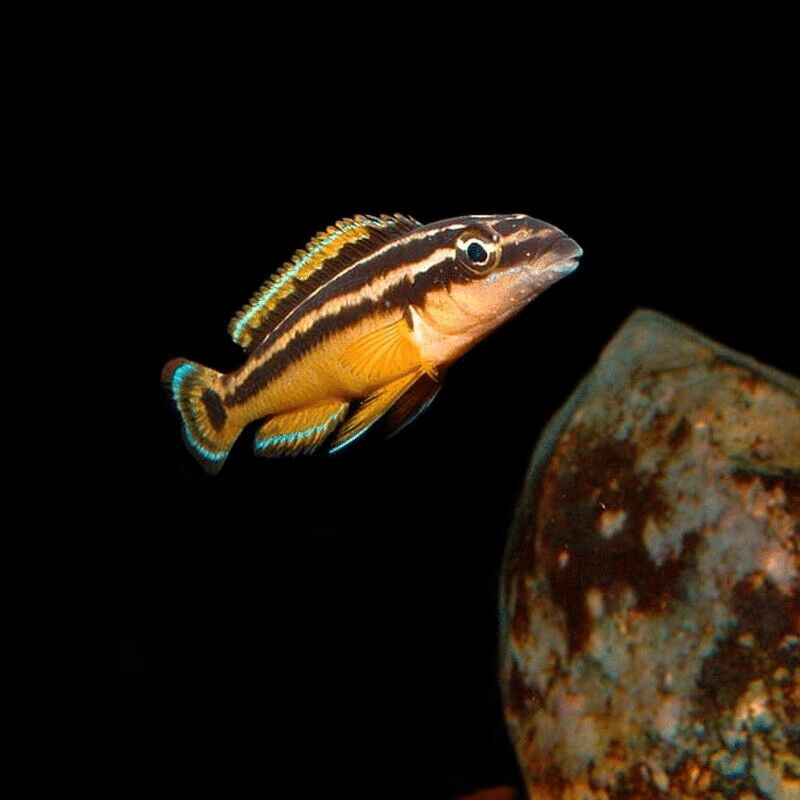


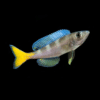










Emily Rodriguez (verified owner) –
I recently added a pair of Golden Julies to my 55-gallon Lake Tanganyika setup, and I couldn’t be happier! These cichlids are not only breathtaking with their vibrant colors and unique patterns, but their behavior is incredibly engaging as well. After a week of acclimation, they began exploring their territory and displaying their natural instincts, which has been fascinating to watch.
I’ve noticed they’ve developed a strong bond, often swimming side by side, making my aquarium feel alive. I’ve been feeding them a quality cichlid food enriched with spirulina to support their health, and they absolutely love it! Compared to other cichlids I’ve kept, these Golden Julies are more peaceful, which makes them ideal for a community tank.
If you’re considering adding some personality to your aquarium, I wholeheartedly recommend these gorgeous fish. Just ensure you provide plenty of hiding spots and a sandy substrate, as they flourish in well-structured environments. Overall, my experience has been fantastic, and I can’t wait to see how they grow in the coming months.